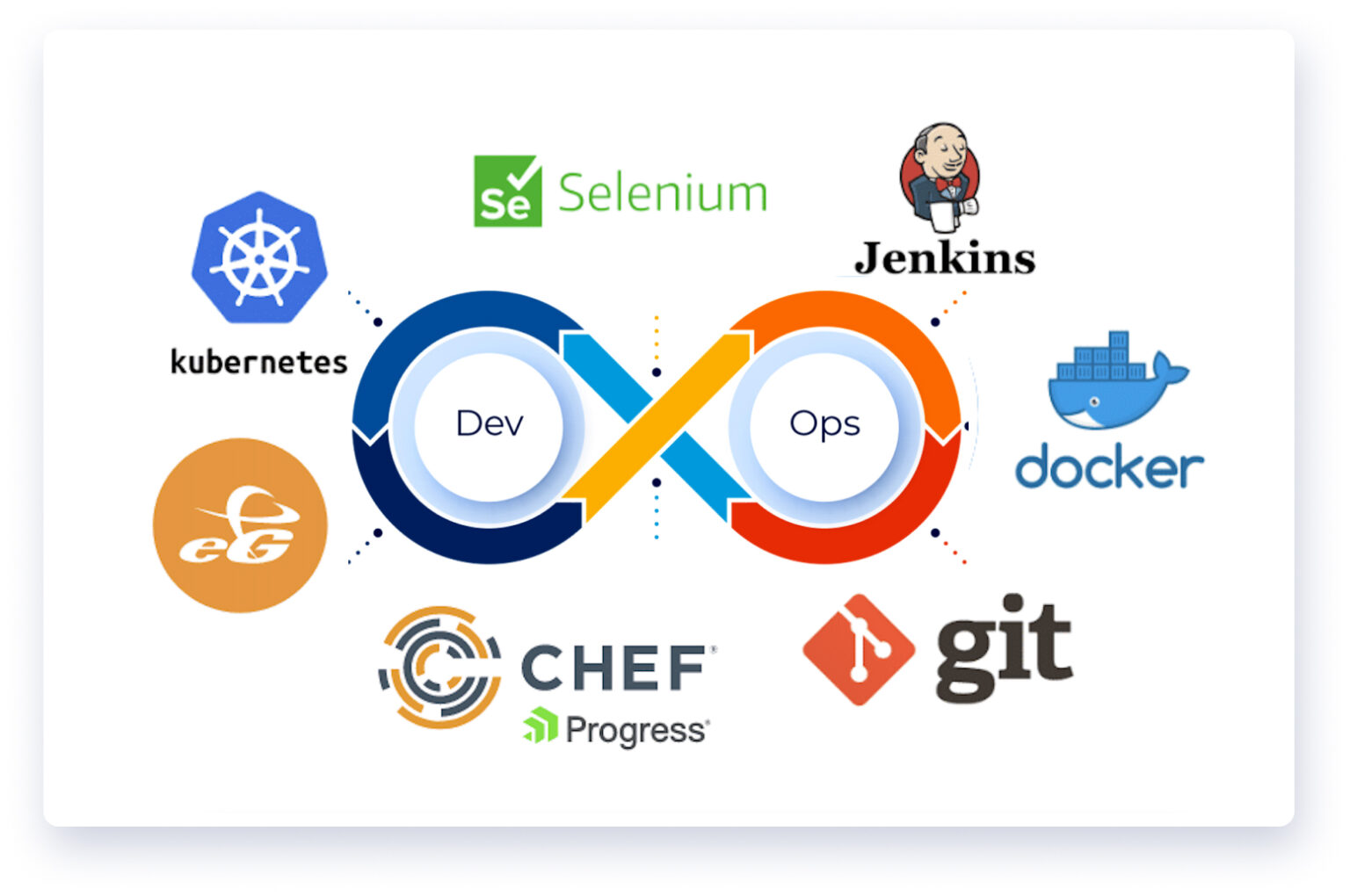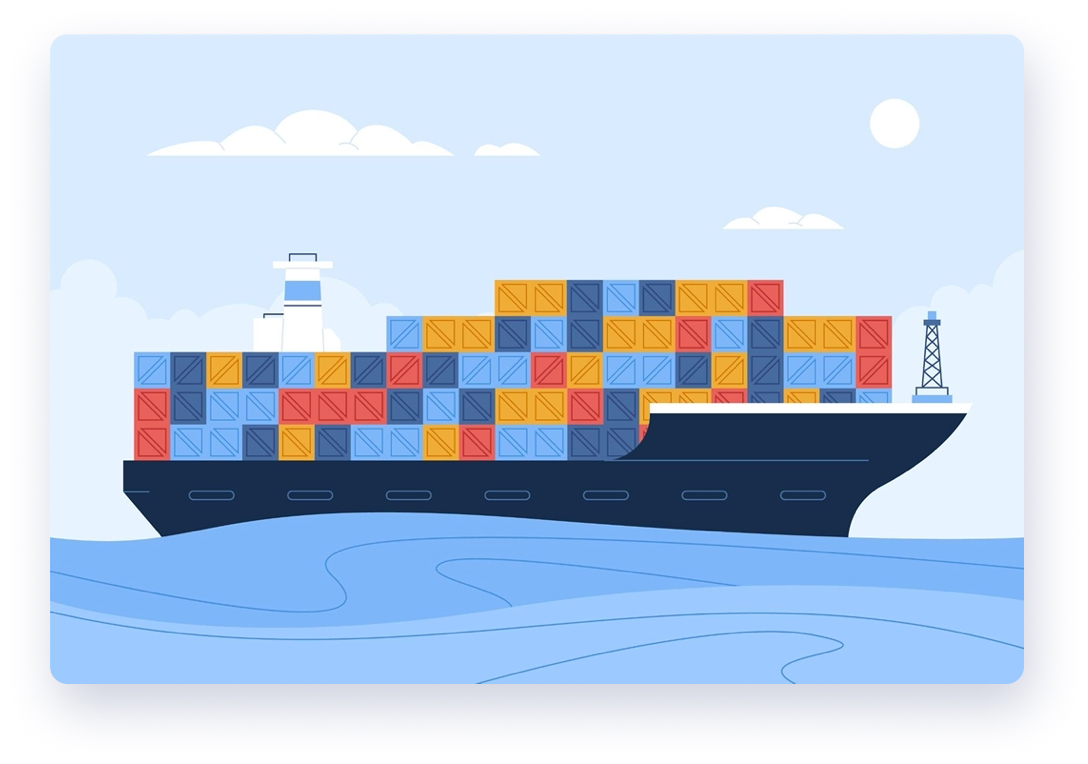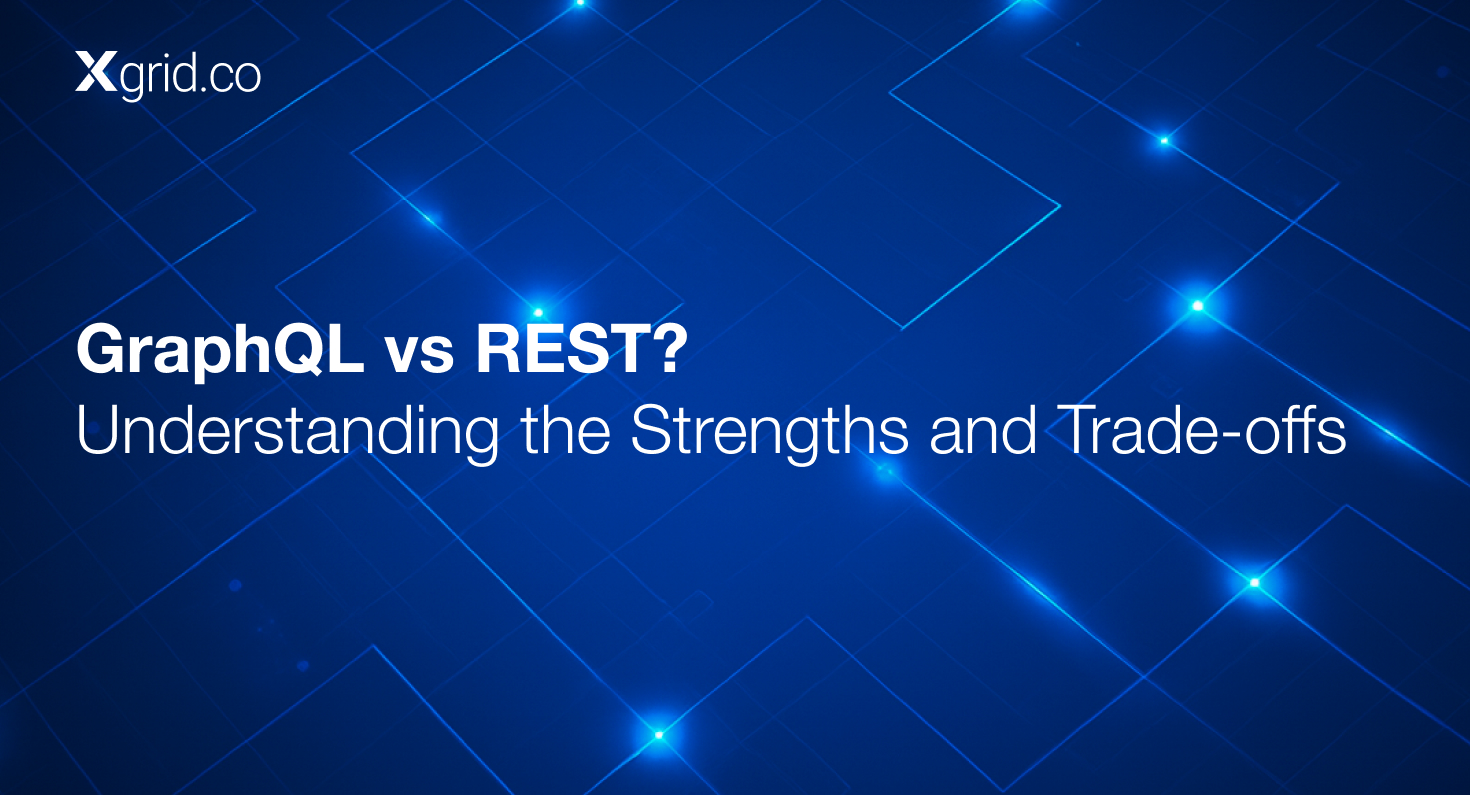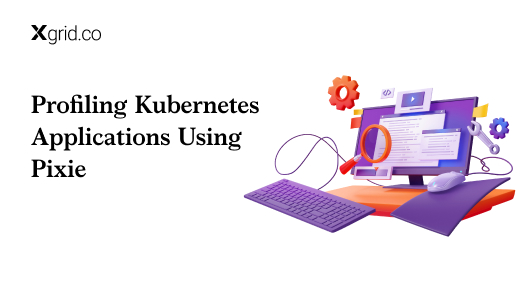Modernizing DevOps with Kubernetes
Organizations implementing DevOps can innovate and deploy products faster than those who use a conventional software development life cycle, such as waterfall and release processes, giving them a competitive edge.
DevOps teams switched to containerized workloads for better results, but this resulted in orchestration and scalability issues. This is where Kubernetes stepped in.
Despite their apparent differences — one is a methodology, the other a tool — they work together to help organizations deliver faster and more efficiently.
This article will provide an overview of DevOps and Kubernetes and based on our Kubernetes Consulting Services experience how these two complement each other in enhancing the speed and efficiency of software development and delivery.
DevOps
DevOps is a set of practices that combine software development (Dev) and IT operations (Ops), hence the name “DevOps”. It aims to shorten the software development life cycle and provide continuous integration and continuous delivery of high-quality software.
In its broadest meaning, the DevOps philosophy encourages improved communication and collaboration between teams and other groups within a business.
To put it simply, some people believe that DevOps is solely a collaboration between development and operations, while others are unsure about its methodology, philosophy, and culture. There is no single DevOps tool; rather, the team’s DevOps engineers rely on a variety of DevOps technologies or toolchains. While these tools are used for easing up the operations, they have their own limitations i.e. Kubernetes has its own observability challenges, and troubleshooting Kubernetes requires some other tools. We discuss some of the most popular tools below:
Most popular DevOps Tools
Containerization: Docker
Docker is an open application development framework that is designed to benefit DevOps
and developers. Developers can use Docker to quickly build, package, ship, and run applications as
small, lightweight, self-sufficient containers that can run in almost any environment.
Features
- Ensures a stable, isolated environment.
- Prevent conflicts and improve security.
- Distributed development
Container Orchestration: Kubernetes
The most well-known open-source container orchestration technology, Kubernetes (often
referred to as K8s), automates the deployment, management, scaling, networking, and availability of
containerized applications.
Features
- Automated rollouts and rollback
- Automated Scaling
- Storage Orchestration
- Self-Healing
- Etc.
Configuration Management: Ansible
Ansible is a software tool that provides cross-platform computer support through simple
but powerful automation.
Features
- 700+ built-in modules
- Consistent across multiple platforms
- Easy distribution with no dependency on the client’s side
Why Kubernetes?
Kubernetes is a game changer in DevOps solutions because it allows organizations to stay up to date with the demands of current software development. In the past, organizations were forced to write code for their software deployment, scaling, and updating workflows in the absence of Kubernetes. Kubernetes enabled us to derive maximum utility from containers and develop cloud-native applications that can operate anywhere, regardless of cloud-specific requirements.It is, without a doubt, the most effective application development and operation paradigm we have sought.
Kubernetes provides a common framework for describing, inspecting, and reasoning about infrastructure resource utilization and sharing, and it does so elegantly.
It is a compelling reason to incorporate Kubernetes into your microservices architecture, which is a wise decision.
Containerized Applications and Kubernetes
Containerization is the process of wrapping software code with all of its required components, such as libraries, frameworks, and other dependencies so that they can be isolated in their own “container”. Scaling, deploying, and operating containerized applications are all made possible by Kubernetes.
Note: The smallest deployment unit in Kubernetes is a pod rather than a container. We can never create a standalone container: the closest we can do is create a pod, with a single container in it.
A Pod is a group of one or more containers. A Kubernetes cluster’s service consists of one or more pods. As the number of service requests changes, Kubernetes will automatically increase or decrease the number of pods. The diagram below depicts the
relationship between Kubernetes pods, containers, and services.

Using Kubernetes to Enhance DevOps
Infrastructure as Code
In Kubernetes, everything can be built “as code,” which means that all of your environment configurations, including your access restrictions, databases, ports, and other tools and apps, are declarative and kept in a source repository.
Then, this code can be version-controlled, making it simpler for teams to push modifications to Kubernetes infrastructure and configuration.
Offers seamless updates
Application updates should be released in a systematic and organized manner to support continuous software delivery. Kubernetes is capable of helping with the updating of your applications. If your application is distributed across many microservices, each one is deployed in a separate container. Therefore, updates can be performed in one part of the application by restarting the container without bothering the rest of the application.
Effective server utilization
Kubernetes combined with DevOps reduces the need to overpay for heavy loads. The server usage is efficient whether the application is deployed on-premises or in the cloud. It ensures that the load is not increased or decreased excessively.
Effortless scalability
Kubernetes provides a continuous and autonomous container-based integration ecosystem. As a result, it offers the option to scale up or down the application depending on the workload. Because of the nature of its environment, you will receive immediate feedback after committing to the repository.
Onboarding new applications take less time
With Kubernetes and DevOps, new project completion times are shortened. It can now include reusable pipelines and additional loads as code modules that can be shared across numerous projects.
Other Benefits
Kubernetes enables organizations to manage applications in containers in a distributed environment. Kubernetes manages availability, scaling, and resilience in addition to providing:
- Load balancing
- Ability to provide access to storage (persistent and non-persistent)
- Service discovery
- Automated rollouts, upgrades, and rollbacks
- Role-based access control
- Security controls for running applications within the platform
- Extensibility to leverage a large and growing ecosystem to support DevOps
Conclusion
There is a strong connection between the DevOps philosophy and the container orchestration technology, Kubernetes. By using it, teams can rely on services to handle durability, scale, etc., rather than implementing these features themselves.
Adopting Kubernetes is complex, and companies should consider the needs and challenges before implementing this platform.
Next Blog
In the next blog, we will discuss the components of Kubernetes.
Kubernetes Components
- Control Plane components
- Node Components
- Addons







